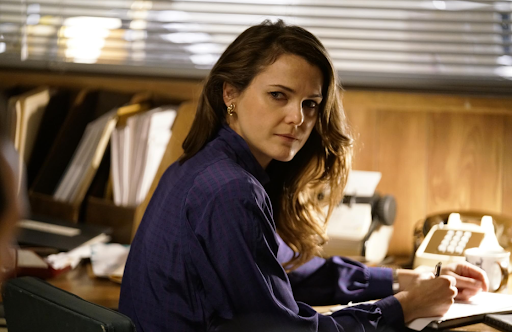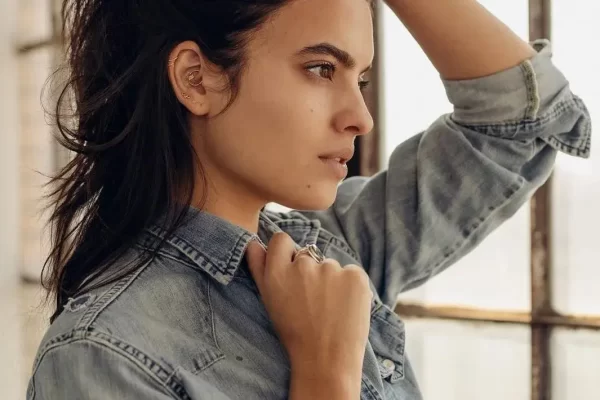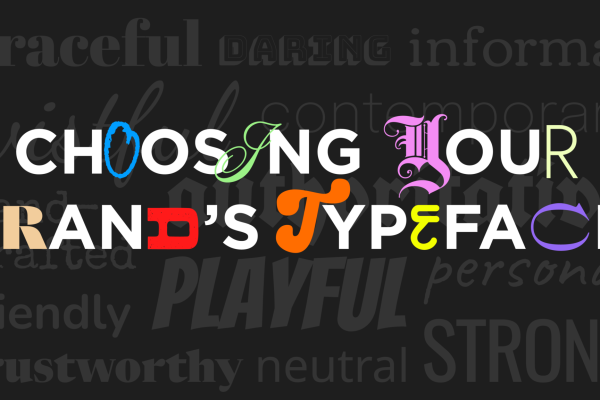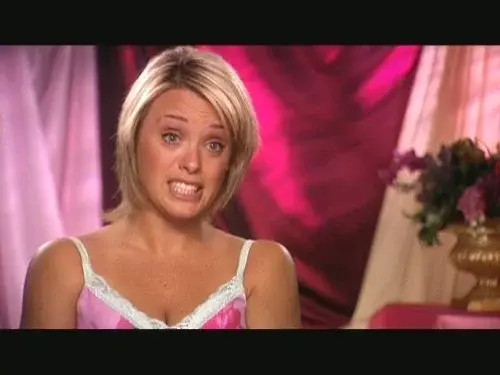In 1999, the world was abuzz with stories that had the potential to reshape our reality. It was not the looming Y2K bug, the impeachment proceedings against President Bill Clinton, or the disruptive rise of Napster. Instead, the focus was fixated on a seemingly trivial matter that, surprisingly, sparked a wave of nationwide obsession. It was none other than the dramatic transformation of Keri Russell’s hairstyle in Season 2 of the hit television series “Felicity.”
This tale of hair, heartbreak, and Hollywood hypocrisy sheds light on fame and fandom’s curious and unpredictable nature. The aftermath of Russell’s decision to go for the chop was nothing short of catastrophic, leading to public outrage, fan revolts, plummeting T.V. ratings, and even death threats. This remarkable episode underscores the strange and intense relationship between audiences and the entertainment industry.
“Felicity” made its debut in 1998 on The W.B. network, which had already established itself as a powerhouse for teenage viewers with shows like “Buffy the Vampire Slayer,” “Dawson’s Creek,” and “7th Heaven.” The series revolved around the character of Felicity Porter, portrayed by Keri Russell. Felicity’s journey began when she impulsively followed her high school crush to the University of New York, leaving her California home behind.
The show quickly became a hit for W.B.and Keri Russell movies and TV shows portrayal of Felicity earned her a Golden Globe for Best Actress in a Series and a Teen Choice Award. The series also received recognition as the People’s Choice Award for Favorite T.V. Drama. However, Russell’s appearance truly captivated audiences, particularly her long, luscious curls, which The New York Times described as a “glorious head of voluminous golden backlit hair.” Viewers were enamored with Russell’s image, but the second season would reveal the superficiality of that adoration.
The Infamous Felicity Haircut: From Joke to Disaster The notorious Felicity haircut initially began as a playful prank aimed at the show’s creators, J.J. Abrams and Matt Reeves. During the transition between seasons, Russell stumbled upon a young boy’s wig among the props and decided to have some fun.
To everyone’s surprise, the duo found inspiration in this playful jest. Abrams contacted Russell to inquire whether she would genuinely consider undergoing the dramatic haircut for her character. Russell accepted the challenge and thus began the on-camera transformation in the first episode of Season 2. The pivotal scene, capturing the momentous haircut, was filmed, leaving viewers in suspense as the episode concluded without revealing the final look.
The anticipation among viewers reached a fever pitch as they eagerly awaited the unveiling of Felicity’s new appearance in the second episode. The moment it had arrived for fans to weigh in on this daring change that would soon become one of the most talked-about transformations in television history.
The impact of the “Felicity” haircut reverberated through the television screen and throughout the annals of pop culture history. As Keri Russell’s locks began to grow back, so did the show’s viewers, although it never quite recaptured the soaring success of its inaugural season.
Nevertheless, the moment when Felicity chopped her iconic tresses became an indelible touchstone in television history. “Pulling a Felicity” entered the lexicon to describe when a T.V. character contemplates or undergoes a significant hairstyle transformation. This expression joined the ranks of other iconic idioms such as “jump the shark” and became a recurring punchline in shows like “30 Rock” and “Family Guy.”
In retrospect, Keri Russell looks back at this infamous moment in her career with a sense of humor. In a segment for “Late Night With Seth Meyers” titled “A Message to My Younger Self,” Russell playfully imparts advice to her younger persona. You can do whatever you wish; don’t cut your hair short during the second season of “Felicity,” she jokes. “Your life will be so exciting.” “I’m not joking. People will go absolutely crazy. You’ll get venomous mail. You might even receive death threats. Your supporters will eventually forgive you when your hair regrows, but you will never, I repeat, never forgive your fans.
The remarkable reaction to the haircut episode unveiled an unsettling truth that Russell herself realized. A female actress’s physical appearance often eclipses her talents in the entertainment industry.
Reflecting on this phenomenon, Russell commented in The New York Times, “It must have been a boring year to have so many people worried about my hair. It made me realize how much of a physical presence this character was.” This phenomenon is far from unique to Keri Russell’s movies and TV shows experience. Consider the casting of Farrah Fawcett in “Charlie’s Angels.” Her flowing blond hair was seen as a necessary contrast to the dark hair of her co-stars, Kate Jackson and Jaclyn Smith.
A similar narrative unfolded with “The Rachel,” Jennifer Aniston’s hairstyle in “Friends,” which sometimes seemed to overshadow her exceptional comedic talents.
These instances underscore a recurring theme in the industry, one that disproportionately affects women. Progress toward change has been gradual, but the “Felicity” haircut episode is a poignant reminder of the imperative need to transform how the entertainment world perceives and values talent beyond mere appearances.





